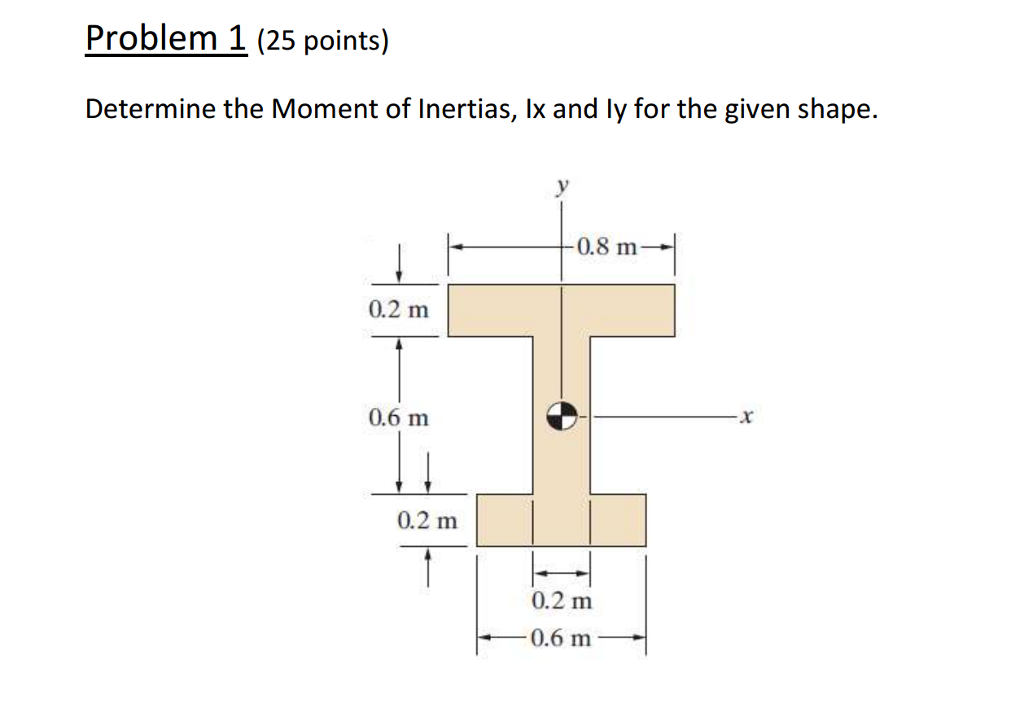
Two point masses, m 1 and m 2, with reduced mass μ and separated by a distance x, about an axis passing through the center of mass of the system and perpendicular to the line joining the two particles. Point mass M at a distance r from the axis of rotation.Ī point mass does not have a moment of inertia around its own axis, but using the parallel axis theorem a moment of inertia around a distant axis of rotation is achieved. In general, the moment of inertia is a tensor, see below. This article mainly considers symmetric mass distributions, with constant density throughout the object, and the axis of rotation is taken to be through the center of mass unless otherwise specified.įollowing are scalar moments of inertia. When calculating moments of inertia, it is useful to remember that it is an additive function and exploit the parallel axis and perpendicular axis theorems. In general, it may not be straightforward to symbolically express the moment of inertia of shapes with more complicated mass distributions and lacking symmetry. It follows from the denition of the products of inertia, that the tensors of inertia are always symmetric. Thus, we have H O I O, where the components of I O are the moments and products of inertia about point O given above. The second moment of area is typically denoted with either an (for an axis that. Typically this occurs when the mass density is constant, but in some cases the density can vary throughout the object as well. Analogously, we can dene the tensor of inertia about point O, by writing equation(4) in matrix form. The second moment of area, or second area moment, or quadratic moment of area and also known as the area moment of inertia, is a geometrical property of an area which reflects how its points are distributed with regard to an arbitrary axis. The mass moment of inertia is often also known as the rotational inertia, and sometimes as the angular mass.įor simple objects with geometric symmetry, one can often determine the moment of inertia in an exact closed-form expression. It should not be confused with the second moment of area, which is used in beam calculations. It is also sometimes called the second moment of mass the second here refers to the fact that. Moment of Inertia of a body depends on the distribution of mass in the body with respect to the axis of rotation. Moment of Inertia has the same relationship to angular acceleration as mass has to linear acceleration.

The moments of inertia of a mass have units of dimension ML 2( × 2). Rotational inertia is also commonly known as moment of inertia. Mass Moment of Inertia (Moment of Inertia) - I - is a measure of an object's resistance to change in rotation direction. Moment of inertia, denoted by I, measures the extent to which an object resists rotational acceleration about a particular axis, it is the rotational analogue to mass (which determines an object's resistance to linear acceleration).


 0 kommentar(er)
0 kommentar(er)
